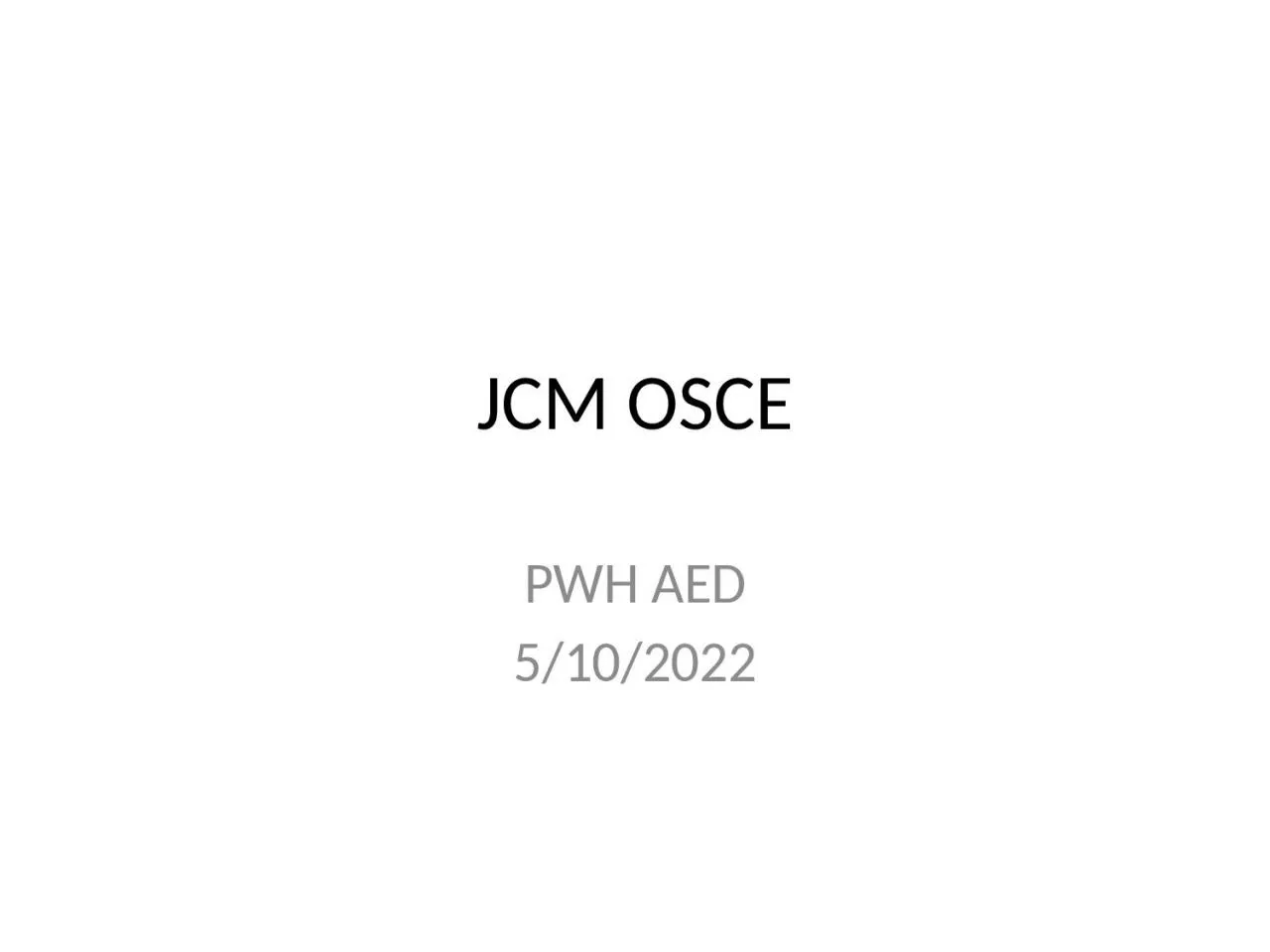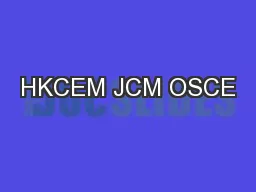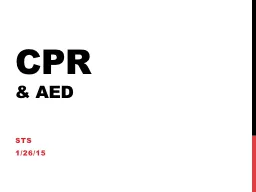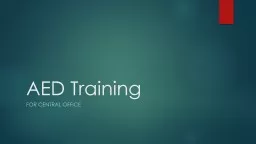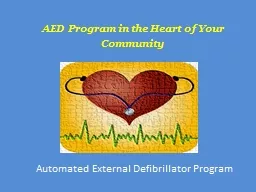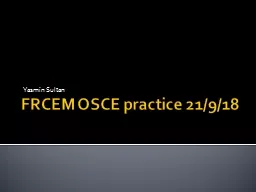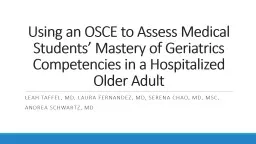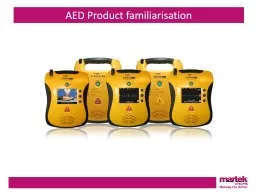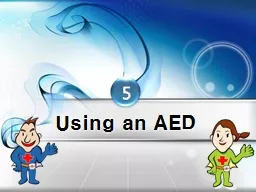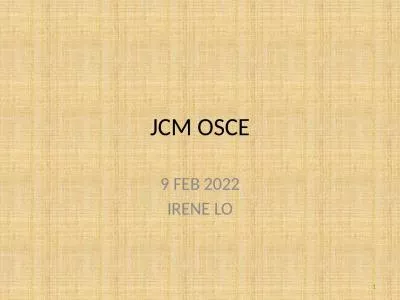PPT-JCM OSCE PWH AED 5 /10/2022
Author : phoebe | Published Date : 2023-11-22
Question 1 57M GPH Sudden onset severe back pain when lifting water bottle Bilateral lower limb pain numbness and weakness GCS 15 BP17281 P98 SpO2 99 RA Bil UL power
Presentation Embed Code
Download Presentation
Download Presentation The PPT/PDF document "JCM OSCE PWH AED 5 /10/2022" is the property of its rightful owner. Permission is granted to download and print the materials on this website for personal, non-commercial use only, and to display it on your personal computer provided you do not modify the materials and that you retain all copyright notices contained in the materials. By downloading content from our website, you accept the terms of this agreement.
JCM OSCE PWH AED 5 /10/2022: Transcript
Download Rules Of Document
"JCM OSCE PWH AED 5 /10/2022"The content belongs to its owner. You may download and print it for personal use, without modification, and keep all copyright notices. By downloading, you agree to these terms.
Related Documents

